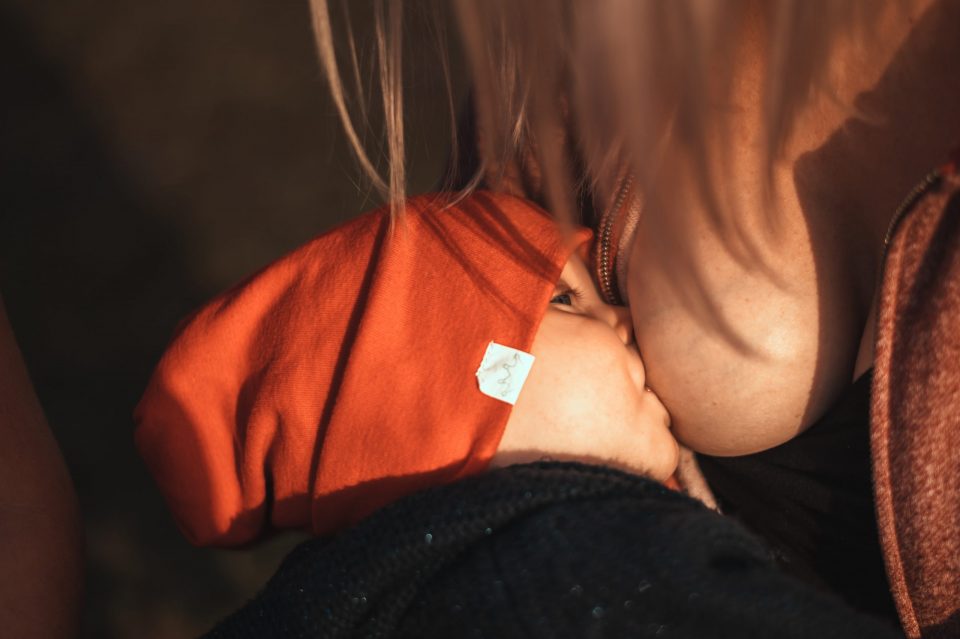The benefits of breastfeeding are well known but there are many reasons why newborns might end up receiving formula first and often this is beyond a mother’s control.
In response to this, the UNICEF Breast Feeding Initiative has long been advising the importance of teaching women how to express breast milk and collect or ‘harvest’ colostrum.
Colostrum is a yellow, sticky liquid that is produced from 16 weeks of pregnancy before the milk comes in and is the optimum source of nutrition for a newborn. It is antibody-rich and filled with protein, vitamins and minerals, making it the perfect first feed to activate early protective immunological responses in the infant’s gut.
The maternity unit where I practice clinically started an antenatal colostrum harvesting (CH) service for women with diabetes who, following birthing, need to have their baby’s blood glucose levels monitored, as a possibility of hypoglycaemia could result in a delay for them to go home. It has been hugely successful and I was both amazed and impressed to see how committed the women have been to this.
Antenatally, the infant feeding coordinator midwives link with the diabetic specialist midwife and a letter is sent out to these women at 32 weeks gestation. They are offered one to one teaching in breast expression commencing at 36 weeks. An information leaflet and collection kits are provided. A social media page provides extra support.
The colostrum is collected in syringes 2/3 times a day then stored in the freezer in the home with a life of 6 months. Once defrosted it will need to be used within 24 hours. The women bring their collections when coming into hospital in labour. A CH sticker is placed on the maternal hand held records for easy identification. On admission a colostrum freezer form will be filled out ensuring name date and number of syringes and time the colostrum is placed in the freezer. It can then be defrosted when ready to use. Any colostrum unused is returned to the mother at point of discharge with the CH freezer form stored in the neonatal notes.
Audit of the service is planned for the future. Life during the COVID pandemic has restricted works, as is the case for many services. However, a database has been set up by a dedicated midwifery support worker. This records numbers of women offered and numbers of any women declining CH. The numbers of women participating are high and this year have doubled from those of 2019. A flow chart has been formulated to instruct staff and the diabetic service provided. In time there will hopefully be opportunity to expand the service to all women.
Antenatal teaching appears to encourage women to be more confident handling their breasts and removes some of the unfamiliarity upon first attempting to breast feed. To empower women in this way is another step forwards in promoting and encouraging the continuation of breastfeeding.
Judy Evans
RCN Midwifery Forum Committee
For further information see:
https://www.gestationaldiabetes.co.uk/colostrum-harvesting/
[a version of this blog was previously published on the RCN website https://www.rcn.org.uk/news-and-events/blogs/collecting-colostrum]


